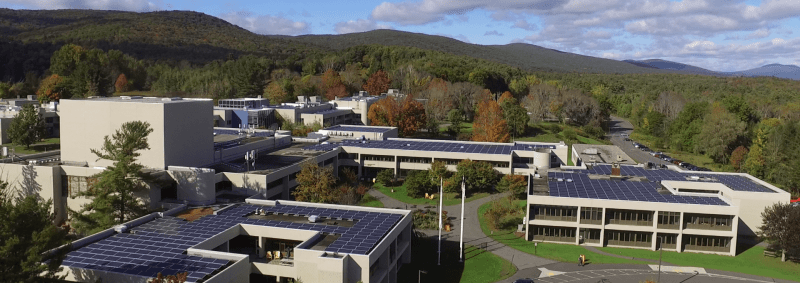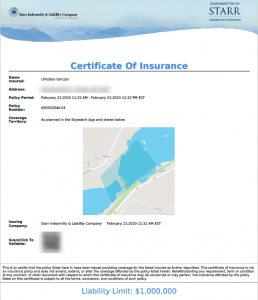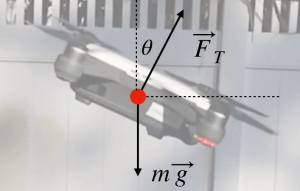Yesterday I took a day away from BCC campus to visit UMass for a NERCOMP workshop on WordPress. It was nice to do something different and be around other folks who work in higher ed that also maintain WordPress sites and administer WordPress systems. It was also nice to visit UMass as I used to work there back in the early 2000’s and it had been quite some time since I have been on campus.
UMass is always fun to visit and see what has changed and what has stayed the same. One of my very first jobs out of college and at a college was in the Parking Services department at UMass, so it was interesting to see that the parking garage is now fully computerized with no human interaction required. There were many days I had worked the booths collecting tickets and giving folks the bad news of what they owed. Parking at UMass has always been expensive, so paying only $6.50 after validation was a good deal for the day. It was also nice to see all the solar canopies over the lots right near the Parking Office! My second job at UMass was in the Housing Services Technology group however I didn’t really have time to reconnect there.
The workshop itself was pretty good overall, although as with any workshop, there’s always a few parts that just aren’t applicable to what you really do. Still, it was interesting to hear about ideas such as a Headless WordPress, which is WordPress without a back-end so it runs faster and is more secure. There’s some tricks to doing this, but the secret is using this technology called Gatsby. The talk about accessibility was fantastic and you will find the presentation on the NERCOMP page for the event. The biggest takeaways are that you can do some really easy minor tweaks to make your WordPress site more accessible but the most important thing to consider is the theme you choose. Many WordPress themes are listed as being accessible so if you are creating a new site, starting with one of those is a good first step. I used some of the tools shown to test this very blog and as a result I will be making some tweaks.
There were two presentations from researchers who were making sites for digital library collections and they discussed how they approached those projects by creating dynamic databases pushing content to WordPress. While it was interesting, it didn’t really apply to me or anything we do at BCC, at least not on the scale of the projects they were showing. It was fascinating, however, to hear about the saga of Wheaton College and their main website as it was a nightmare when the presenter took it over and he was able over the course of a few years make migrations and design changes to be far more scalable, supportable, and decrease downtime.
One of my favorite parts of any workshop or conference is networking with other folks who do similar work in the same field within higher ed. I managed purely by chance to sit at a table with three folks from Williams College which is also in the Berkshires. In fact I worked in the old Sawyer Library at Williams, now demolished and rebuilt, back one summer when I was in college myself. There’s connections everywhere! Over lunch I met a delightful individual from Roger Williams University who also works in a library, also flies drones, also dabbles in VR, and we have eerily similar first and last names! Networking and finding how other folks approach similar situations is one of the other very valuable part of these sort of events. I’m hoping that in the future we might be able to collaborate on some project — who knows what!
Overall it was a great experience for a variety of different reasons. If there was one disappointment, it would have been the buffet lunch that was provided at UMass. It wasn’t bad, I think I’m just spoiled by our excellent cafeteria and dining services staff here at BCC. I’m looking forward to my next workshop/conference! I just put in a proposal this morning to present at TLSD 2020 at Roxbury College on April 3, fingers crossed!



